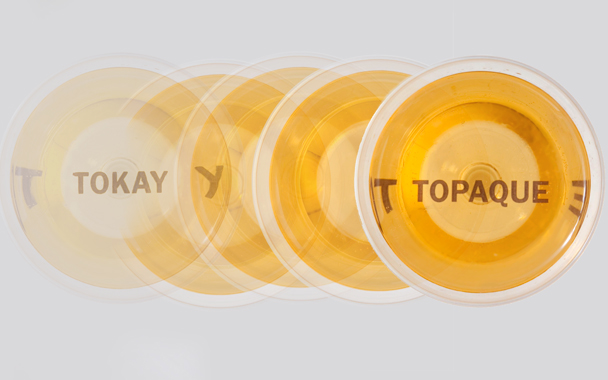As if the wine world weren’t confusing enough, Australia has proposed renaming its Sherry-style wines Apera and its Tokays Topaque. It’s easy to make fun of them (I mean, come on, Topaque? Is that a pomade?) but then again, what do you do when the names you’ve been using for a century and a half needs to be changed?
The move comes after the Australians signed an accord with the EU promising to stop using European place names on their wines. At this point in history, most people agree that “borrowing” the name of another wine would be uncool—you wouldn’t, for instance, decide to call your Napa Cab Romanée-Conti—but there are still a slew of appellations regularly borrowed around the world, like Burgundy, Chablis, Champagne, Port and Sherry.
These appellations are fondly called “semi-generics” by the countries that use them, meaning that they apply to types or classes of wines, and the argument seems to go that it’s okay to use them as long as the actual origin of the wine is prominently displayed on the label.
In the European view, however, an appellation is an appellation; it represents a place and its wines, which are inseparable. Champagne can’t come from outside of Champagne, even if it’s made with exactly the same grapes and in the same way as a wine holding that appellation. The wines from these defined areas have been centuries in the making; the appellation is there both to ensure that the quality within its boundaries is upheld, and to protect it from unsavory types trying to make a buck on its good name with lesser wines. When you buy wine from Chablis, you expect (or at least hope damn hard) that the wine in the bottle lives up to the appellation’s reputation. You’d be mighty upset to find out, for instance, that it was actually Chardonnay from the Languedoc, which sells for a fraction of the price and tastes nothing like Chablis.
Not that the Australians have been trying to put one over on the world by selling their sweet wines with the names of famous European wines. The Europeans who settled Australia in the 1800s were simply looking for an approximate taste of some of their favorite wines from back home. They imported some Iberian vines like Palomino, Touriga, Souzão and Tinta Cão, for Port- and Sherry-style wines, and used Muscadelle, an obscure grape most famous for its bit part in Sauternes, for what it termed Tokays, after the sweet wines of Tokaj in Hungary. Otherwise they took what they had—Durif, Cabernet Sauvignon, Malbec, Muscat, and Shiraz, for instance—and did their best.
As it turned out, they did extremely well—Australia’s stickies are some of the country’s most prized wines. And they’ve earned it on their own terms, not as cheaper alternatives to the real things from Portugal, Spain, and Hungary.
So, the EU accord notwithstanding, it makes sense to rename the Australian wines now—both to recognize that “semi-generic” is a lame excuse to continue using names that someone else established, and more importantly, to recognize what the Australian vintners have created on their own. What’s a little weird, however, about Australia’s proposed Tokay replacement, is that it continues to trade on an association with a wine made far away, rather than carving out a name that reflects its individual character. As for Apera, the committee members who proposed it say it’s a play on aperitif, and they plan to launch it with a marketing campaign to portray Sherry-style wines as a “trendy, fun wine to drink when the sun goes down.”
To me, that sounds like the marketing campaign for the next generation of wine coolers, but as an American, I can’t really criticize until we’ve come up with our own solution to the semi-generics we use in the U.S. The race is on for a new name for American Port; a glass of Not Starboard, anyone?



 Pinterest
Pinterest


